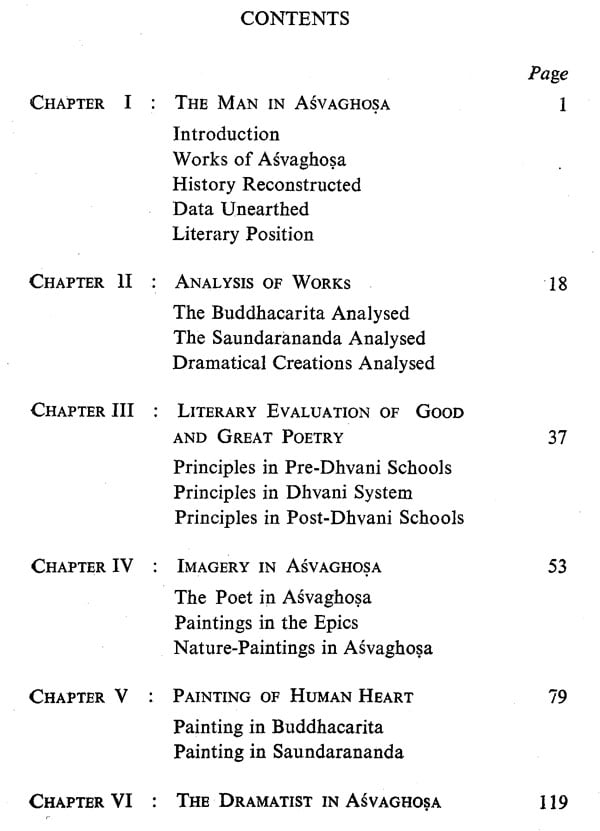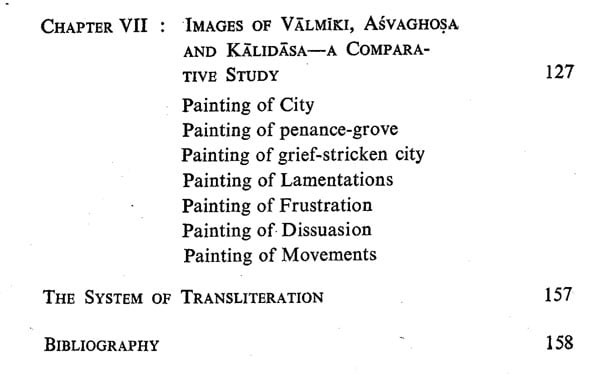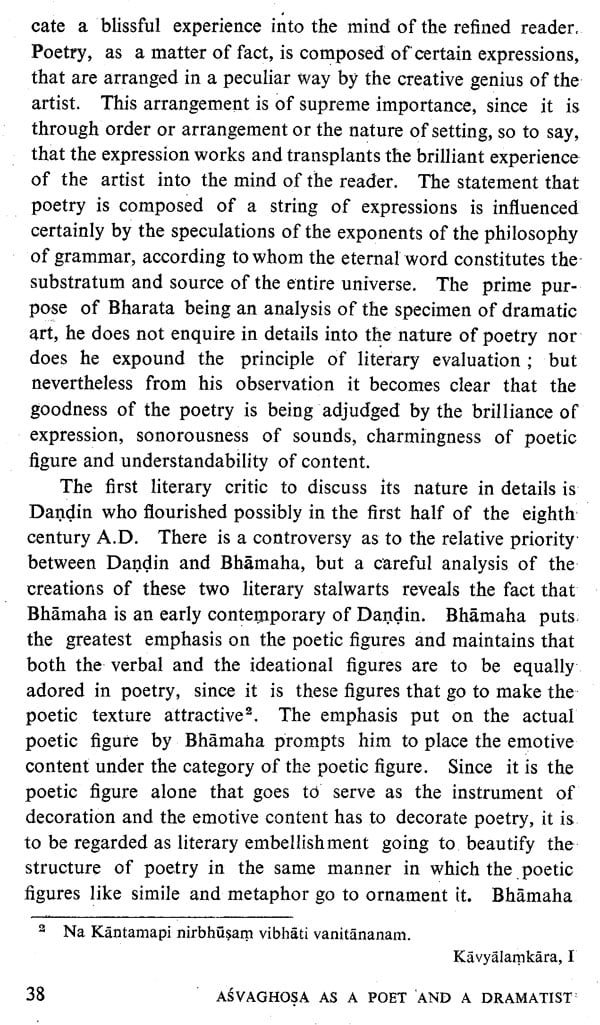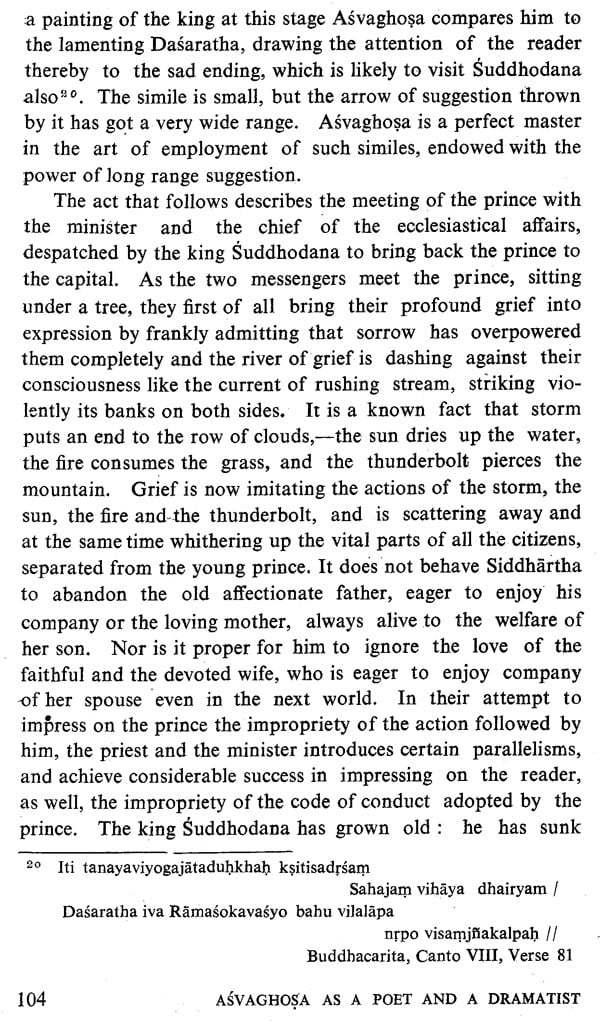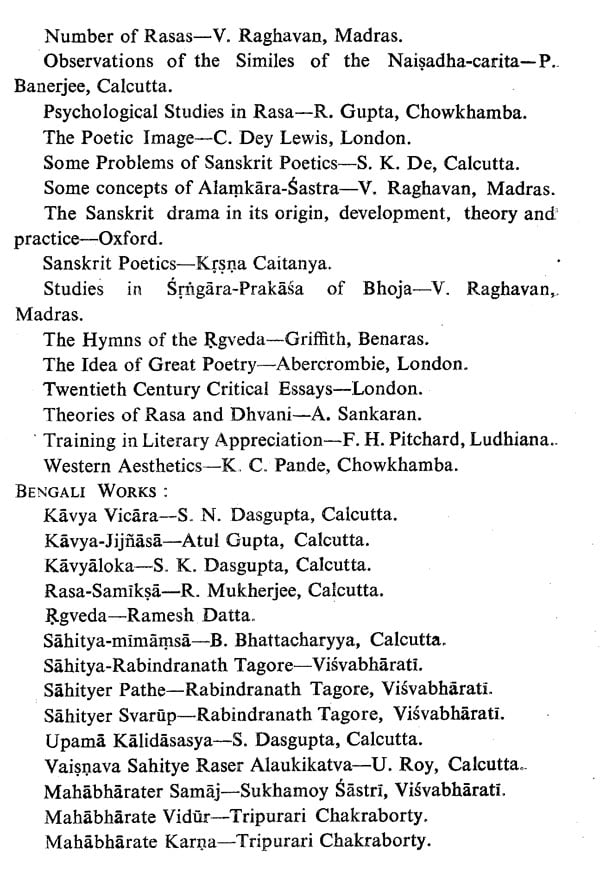Foreword Sanskrit Poetry of ornate type takes its start with Valmiki, the author of the Ramayana and winding its course through a number of epics, much of which has been lost ultimately blossoms forth at the hands of Kalidasa, the foremost of Indian poets. The poetry of Asvaghosa constitutes one of the land-marks, which is touched by Sanskrit poetry in course of its journey from V5Imiki to Kalidasa and from Kalidasa to the literary artists of Post-Kalidasa period, whose creations are marked by degeneration of taste and artificiality of form. While Valmiki exercises profound influence on the poetry of Asvaghosa, the literary style of Asvaghosa also helps Kalidasa to a considerable extent in giving a polished shape to his poetry and a lovely structure to his images. While Valmiki adapts the well-known Ramayana episode as the theme of his literary creations and displays his profound regard for the ethics and religion peculiar to Brahmanical culture, Asvaghosa betrays his devotion to the ethics and culture of Buddhist religion, and this difference in outlook between the Brahmanical and the Buddhist cultures manifests itself in a prominent manner in the literary creations of these two artists. In Kalidasa a return to Brahmanical culture is traced, and though adopting the technique and paintings of Asvaghosa, Kalidasa takes care to see that the supremacy of Brahmanical culture, remains enshrined in his poetical paintings and finds a glorious manifestation throughout his poetry and drama.
An analysis of the poetical and dramatic creations of Asvaghosa in the light of the principles of literary criticism prevalent in the oriental and oxidental world was a desideratum. I am happy to note that Dr. Samir Kumar Datta, the author of the present dissertation has tried hard to break a new ground and has come forward to analyse the excellences of some of the images and techniques adopted by Asvaghosa in his work.
Book's Contents and Sample Pages
